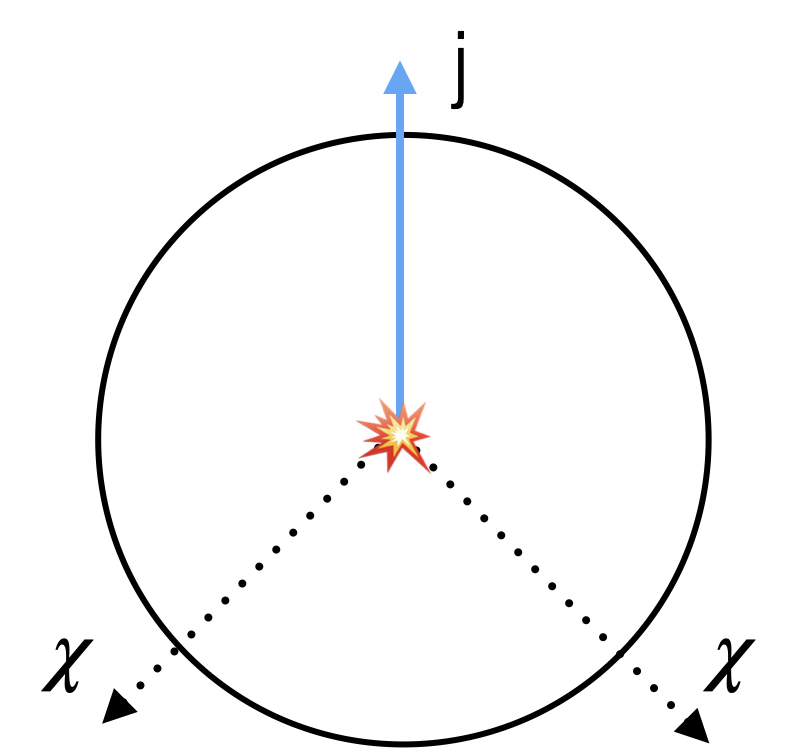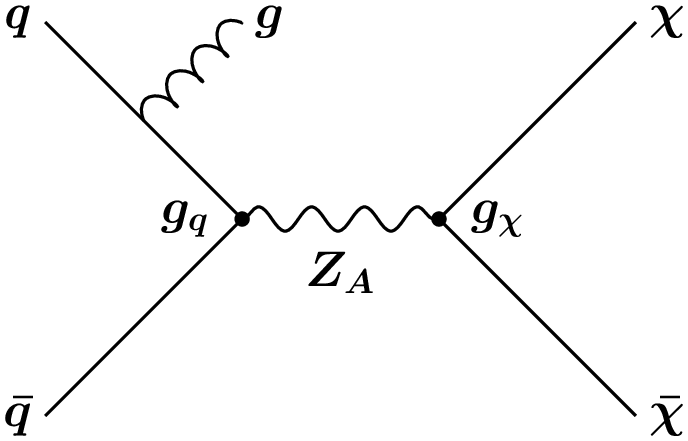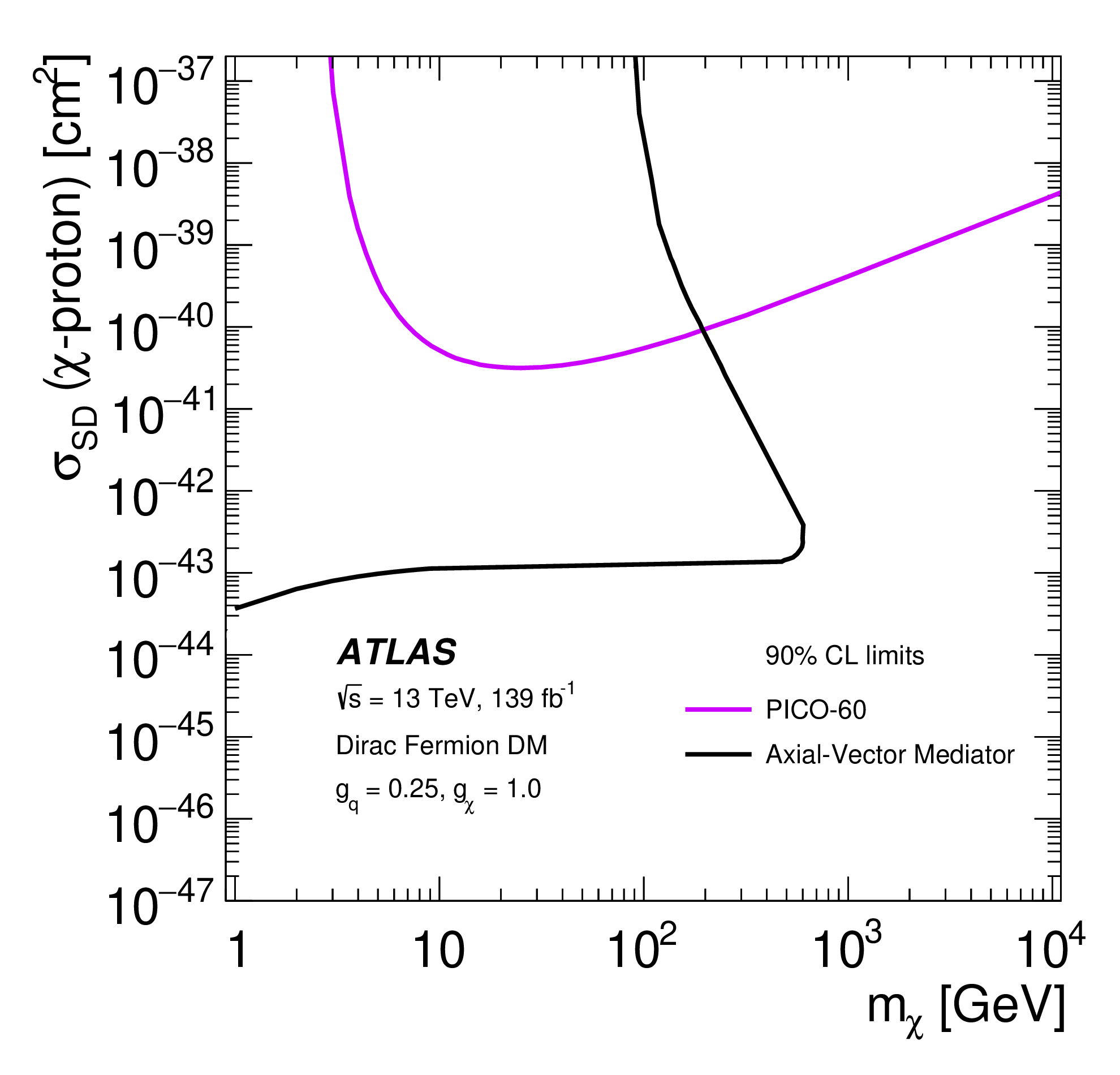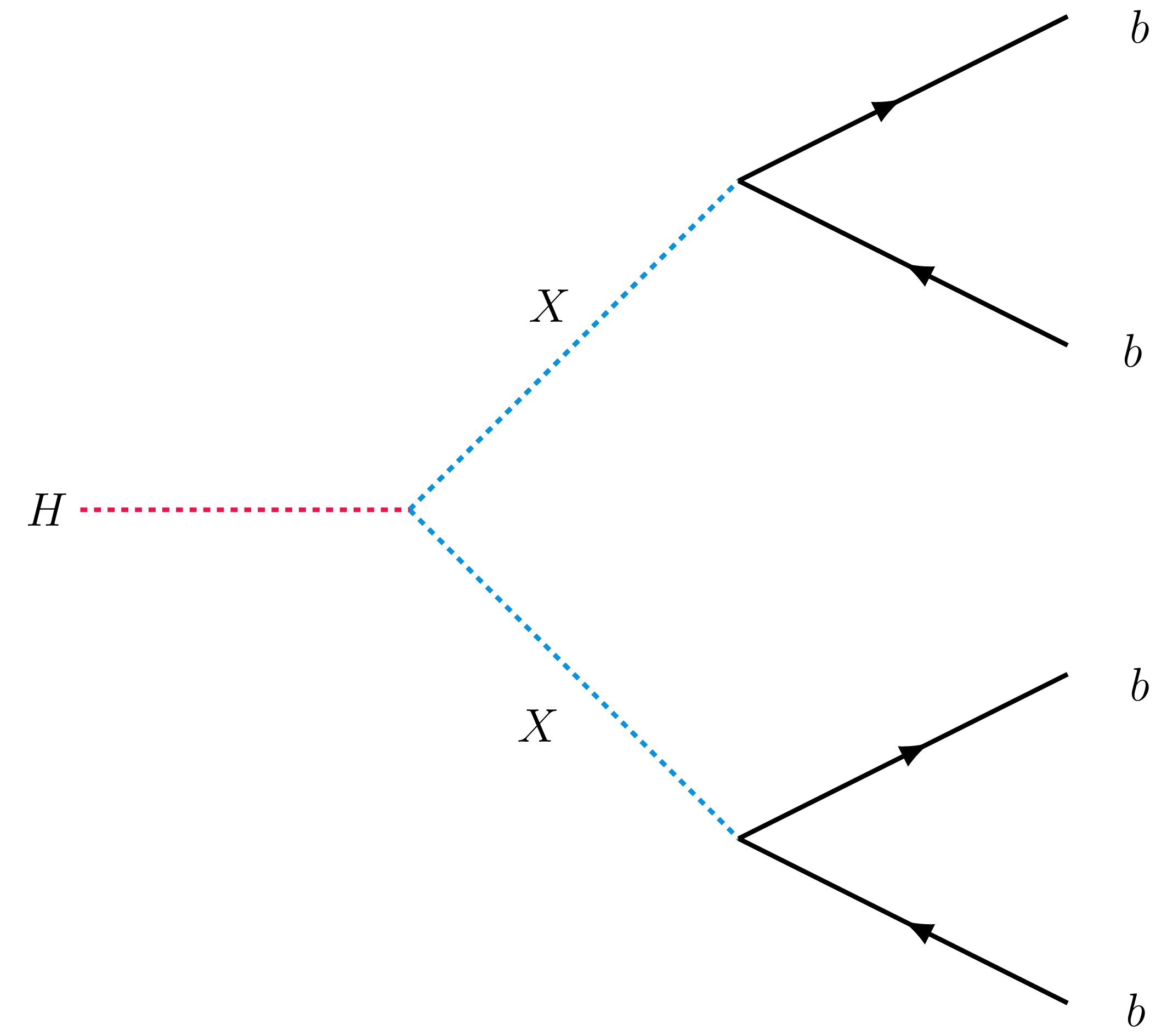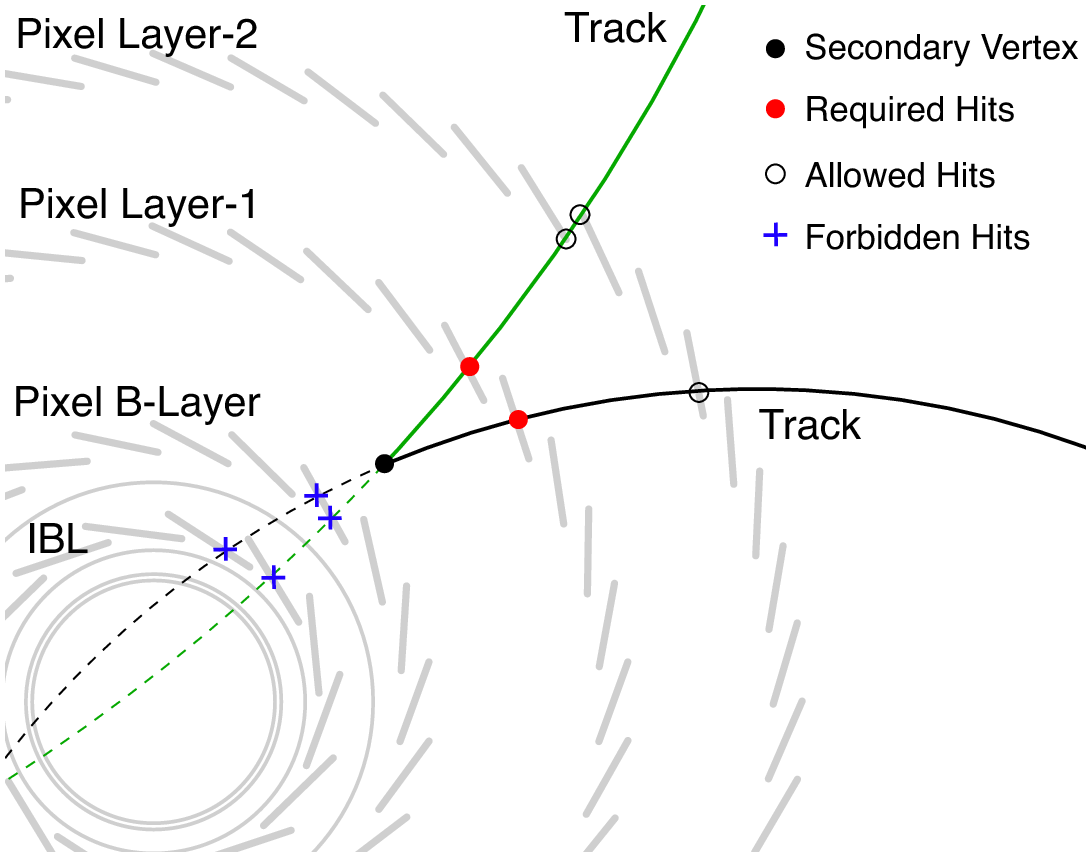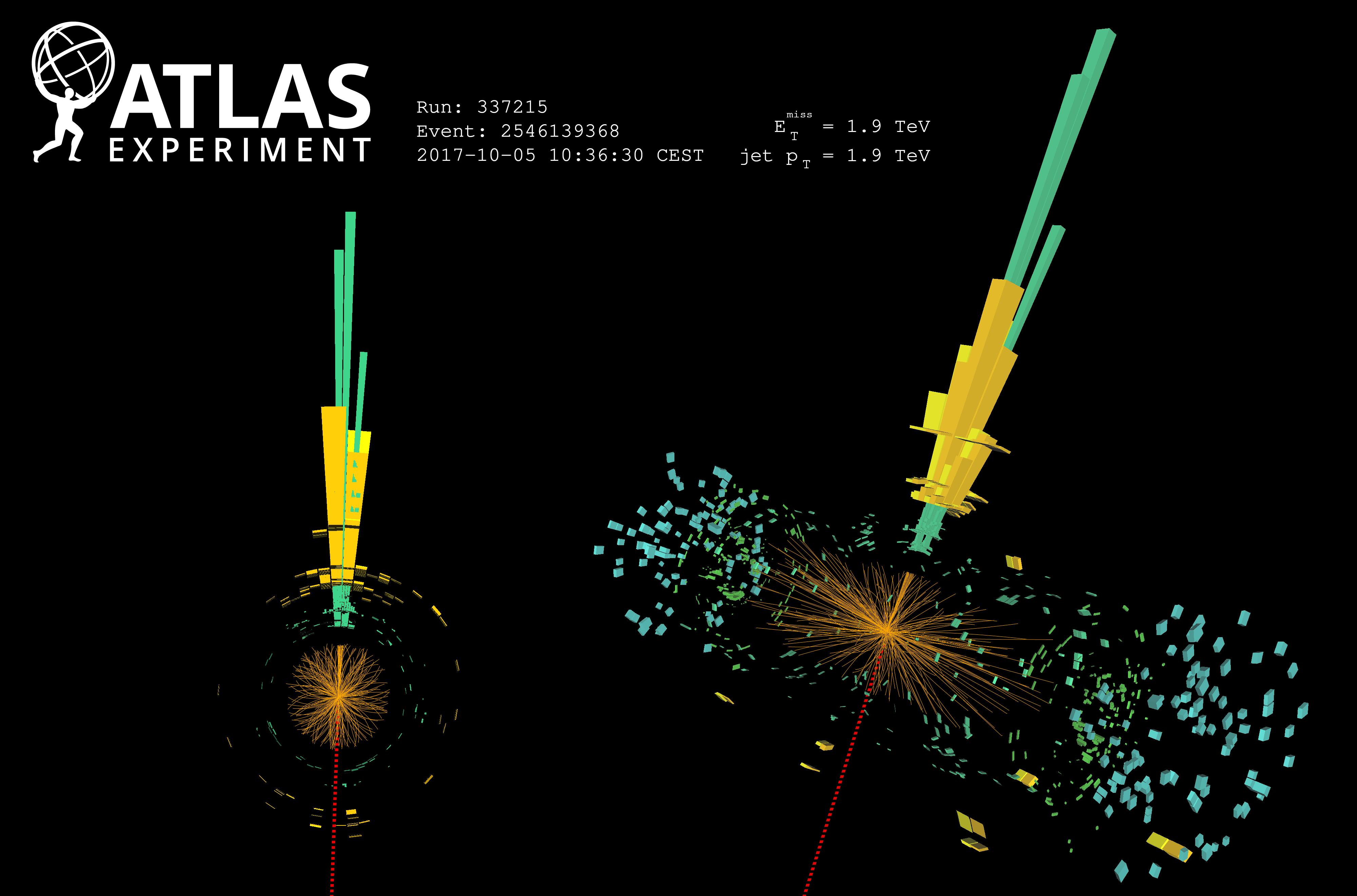
John Stupak III
Associate Professor
Particle Physicist
University of Oklahoma
My research interests are focused on the search for new physics with the ATLAS detector at the Large Hadron Collider (LHC). In particular, I am interested in finding a resolution to the hierarchy problem and understanding the nature of dark matter.

